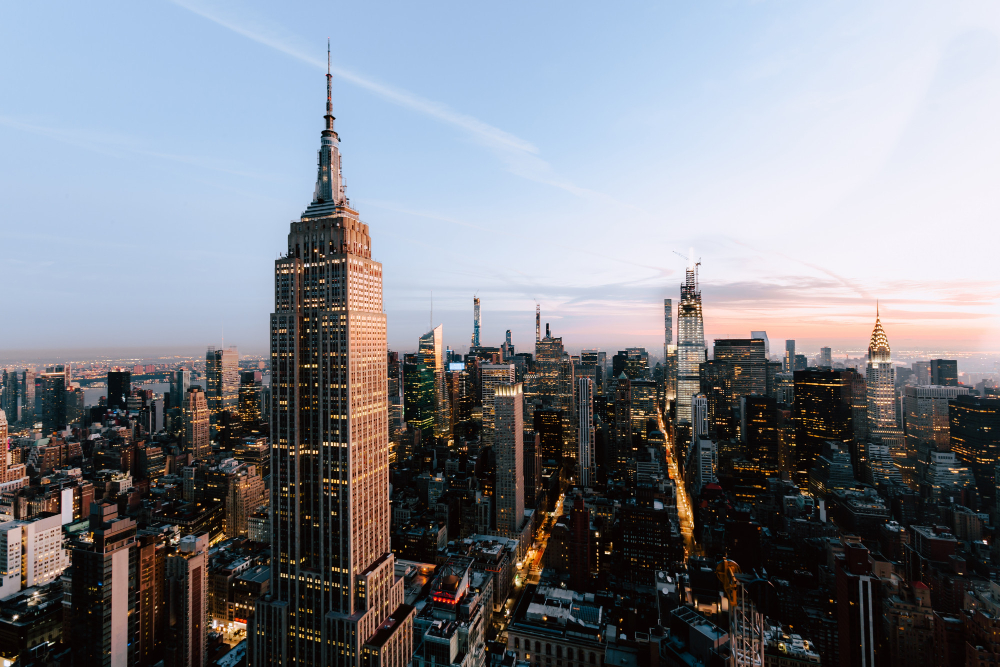Discovering the cultural heritage of our planet is one of the most fascinating ways to create a connection between past and present. Art cities captivate travelers thanks to their museum collections, historic buildings and the atmosphere one can breathe in.
Cultural tourism allows for deep reflection on how human beings have celebrated beauty through the centuries. The true magic of these destinations lies in the fact that they can be explored at any time of year: every season reveals different facets of a city, surprising visitors with the intriguing contrasts that emerge between summer warmth and winter chill.
Rome: eternity through the centuries
Rome is a city that, with every visit, offers a total immersion into history. The Colosseum is undoubtedly a significant testament to this character, while the Vatican houses the Sistine Chapel, where Michelangelo’s frescoes captivate millions of visitors every year.
The city also offers wonderful residential opportunities: the ongoing search for a house for sale in Italy is evidence of how appreciated Italian art cities are—especially the capital, an iconic eternal city filled with charm.
Rome is particularly visited during spring (March to May) and autumn (September to October), when temperatures create ideal conditions for discovering open-air sites without suffering from summer humidity.
Yet the city reveals a distinct allure even in winter: January and February come with lower prices and allow visitors to enjoy museums more peacefully. During this season, for example, one can explore traditional Christmas markets and discover the more intimate side of the eternal city.
Paris: the city of light
Paris lives up to its nickname, the City of Light, thanks to the brightness emanating from its museums and squares. The Louvre Museum, originally built as a medieval fortress and later transformed into a royal palace, attracts millions of visitors each year. Among its countless works of art, it houses Leonardo da Vinci’s Mona Lisa and the Venus de Milo.
Spring and autumn offer the ideal climate for exploring Parisian museums. The city’s tree-lined avenues shine and adorn the streets in spring, while autumn brings golden tones that illuminate the Seine.
The Musée d’Orsay, located in a restored railway station on the banks of the Seine and specializing in Impressionist and Post-Impressionist masterpieces dating from 1848 to 1914, provides a different perspective on French art.
The winter months also deserve consideration: the Christmas holidays transform Paris into a magical destination and the museums remain crowded only during peak hours—allowing for a calmer discovery of masterpieces in the afternoons.
New York: modernity meets tradition
New York is a metropolis where skyscrapers form the backdrop to art collections of extraordinary significance. The Metropolitan Museum of Art, founded in 1872, holds countless works spanning thousands of years of human history—from Egyptian artifacts to Greek sculptures, European paintings and Asian masterpieces.
The MoMA, on the other hand, specializes in modern and contemporary art and boasts a collection of nearly 200,000 works, including undisputed masterpieces such as Van Gogh’s Starry Night, Picasso’s Les Demoiselles d’Avignon and Marcel Duchamp’s experimental works that revolutionized the very concept of what it means to create art.
Kyoto: a museum of japanese tradition
Kyoto embodies the essence of Japanese culture. Unlike traditional Western art galleries, Kyoto’s cultural heritage is expressed through sacred architecture, meticulously designed Zen gardens and living traditions perpetuated by monks, artisans and custodians of ancient rituals.
The cultural value of the city is found not only in its historic buildings but also in the seasonal events that celebrate the passage of time: the Aoi Matsuri in May brings back the court ceremonies of the Heian period with over 500 participants wearing authentic historical costumes, while Gion Matsuri in July—the city’s largest festival—transforms the streets with spectacular decorated floats parading through centuries of tradition.

